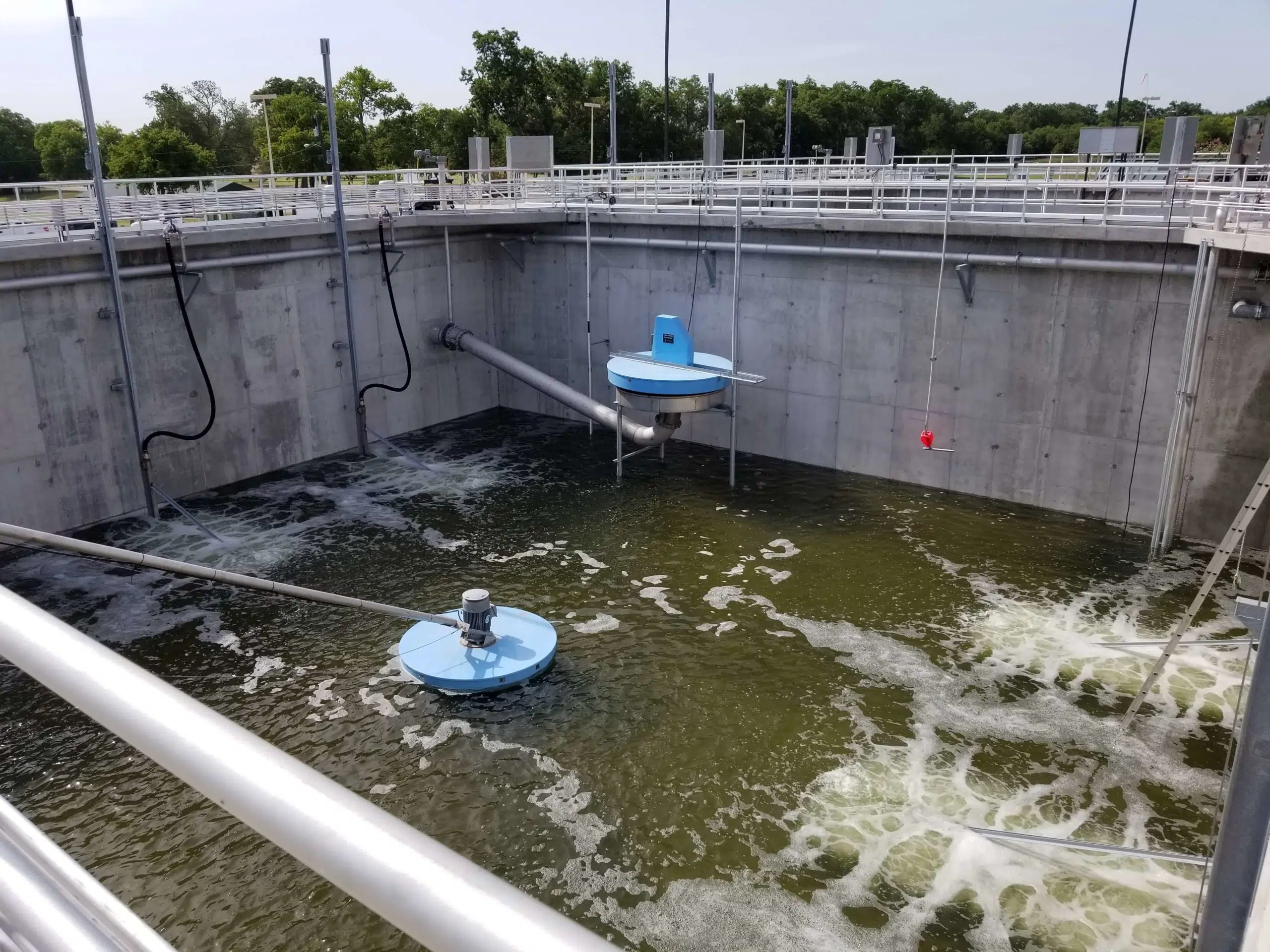- June 5, 2020
- Water/Wastewater
Tips and Tricks for Efficient Wastewater Facility Startup


Kyle Kubista, P.E.
Fort Worth, TX
Startup can be a challenging time in the construction of any wastewater facility, but with the proper planning and coordination, many of the common challenges can be avoided. Here are a few tips and tricks I have learned that may help you through the startup process.
Tip #1: Begin with the end in mind.
One of the most important pieces of a treatment facility is the activated sludge used in secondary treatment. Ask yourself, “Where is the activated sludge going and how do I get it there?” A good plan for transferring, growing, and maintaining activated sludge during plant startup is critical to the overall success of the project.
During one of my projects, the seed volume was going to be sourced from the existing bio-unit. Our team was able to get the activated sludge physically to the new basins through drain lines; however, the existing bio-unit did not contain enough mixed liquor volume. For the transition to be successful, both the existing facility and new facility needed to remain in service for the duration of startup. The strategy our team used was to split the dual power feed temporarily, so we could grow the activated sludge population. One electrical feed powered the new blowers and treatment equipment, while the other feed powered the existing side of the plant.
Tip #2: Establish a contingency plan for the unexpected.
When storms hit and existing equipment failed midway through startup, our team had to pivot from our original plan of starting the SBRs individually. The contingency plan we had in place was to move as much of the mixed liquor as possible to the new plant and cut the old plant off. Hard starting the plant was not ideal, but it still allowed the plant to maintain operation and meet discharge limits during the event.
Tip #3: Come together.
Approaching startup with the whole team (contractor, engineer, and owner) creates a cohesive unit to set the project up for success. Keep active communication within the team to allow for quick responses to issues in the field.
During the wet weather event in my example above, our team moved all the flow to the new facility to give the plant a chance to flex its muscles. The plant experienced high flows that forced the SBRs into an accelerated timing sequence. Even though we discovered minor installation and equipment issues during this time, the operators were able to keep the plant functioning through the night while the contractor worked out the bugs. After several rain events subsided, the plant was able to establish normal operation and has been producing its best effluent.
I encourage you to consider these items during your next facility startup, and hopefully you too can eliminate some of the common challenges commonly experienced during the startup stage of wastewater facility construction.
Contact Our Water Experts

Kyle Kubista, P.E.
Kimley-Horn Wastewater Treatment Specialist
